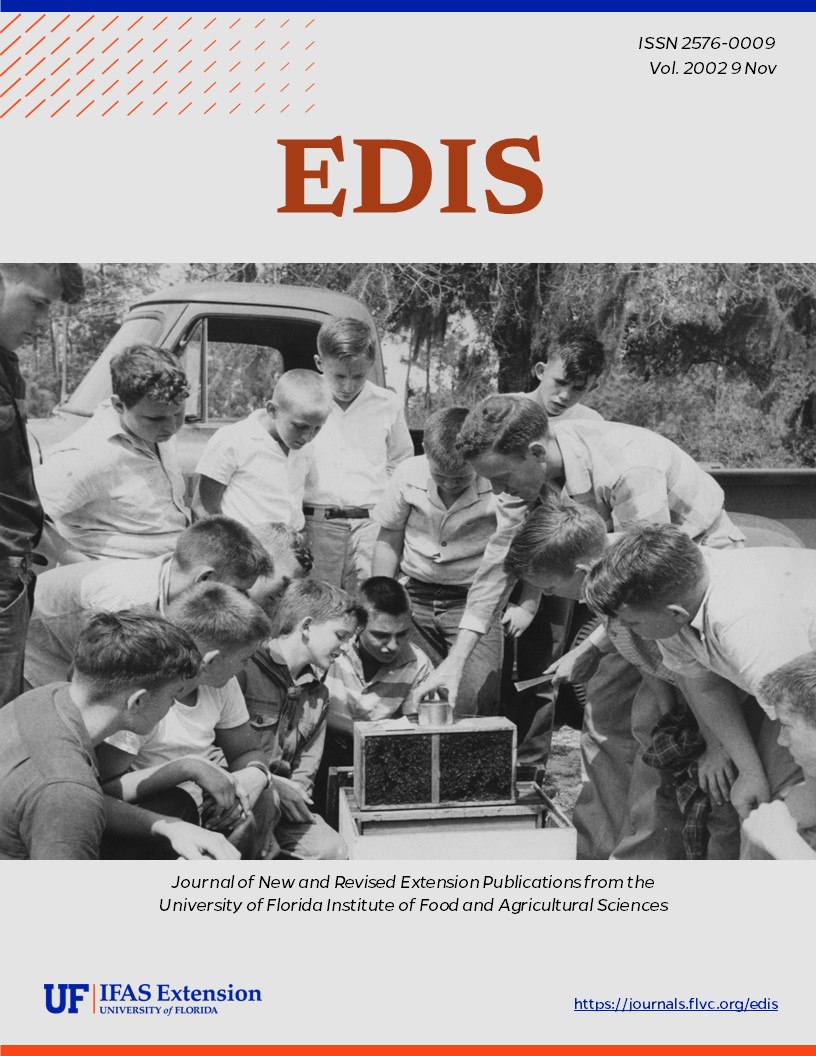Abstract
This document is Circular 1426, one of a series of the Wildlife Ecology and Conservation Department, Florida Cooperative Extension Service, Institute of Food and Agricultural Sciences, University of Florida. Original publication date: December 2002.
References
Alston, D.G., and M.E. Reding. 1998. Factors influencing adoption and educational outreach of integrated pest management. Journal of Extension 36(3). (http://www.joe.org).
Cary, J.W. and R.L. Wilkinson. 1997. Perceived profitability and farmers' conservation behavior. Journal of Agricultural Economics 48:13-21. https://doi.org/10.1111/j.1477-9552.1997.tb01127.x
Christensen, K.D., E.M. Jacobsen, and H. Nohr. 1996. A comparative study of bird faunas in conventionally and organically farmed areas. Dansk Ornithologisk Forenings Tidsskrift 90:21-28.
Fliegel, F.C. 1993. Diffusion research in rural sociology: The record and prospects for the future. Greenwood Press. Westport, Connecticut.
Fluetsch, K.M. and D.W. Sparling. 1994. Avian nesting success and diversity in conventionally and organically managed apple orchards. Environmental Toxicology and Chemistry 13:1651-1659. https://doi.org/10.1002/etc.5620131015
Swisher, M.E., P. Monaghan, D. Schuster, and G.A. Brinen. April 1994. A profile of Florida's commercial organic vegetable farmers. Energy Extension Service-107. Florida Energy Extension Service, Florida Cooperative Extension Service, Institute of Food and Agricultural Sciences, University of Florida, Gainesville.
USDA (United States Department of Agriculture). 1999. 1997 Census of agriculture: Florida state and county data. U.S. Government Printing Office, Washington, DC
Unless otherwise specified, articles published in the EDIS journal after January 1, 2024 are licensed under a Creative Commons Attribution-NonCommercial-NoDerivs 4.0 International (CC BY-NC-ND 4.0) license.

